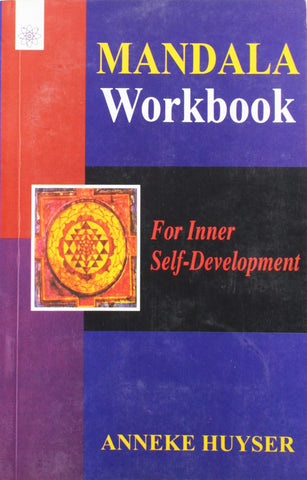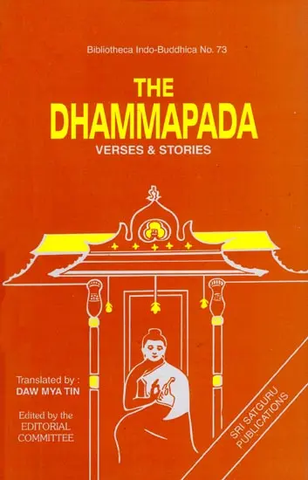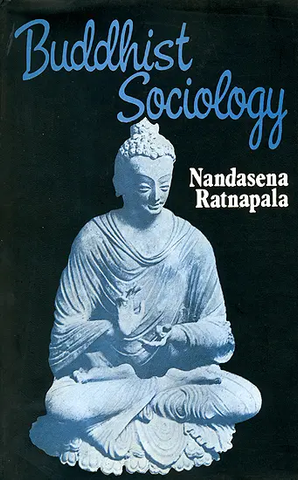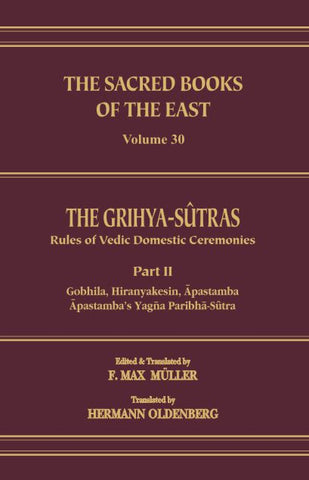Your cart is empty now.
Entry into the Inconceivable is an introduction to the philosophy of the Hua-yen school of Buddhism, one of the cornerstones of East Asian Buddhist thought. Cleary presents a survey of the unique Buddhist scripture on which the Hua-yen teaching is based and a brief history of its introduction into China. He also presents a succinct analysis of the essential metaphysics of Hua-yen Buddhism as it developed during China’s golden age and full translations of four basic texts by seminal thinkers of the school.
“The excellent introduction stresses that Hua-yen philosophy is not just a system of thought but rather a set of practical exercises, the value of which is in discovering a new perspective in which both unity and diversity are interrelated. . . . Thoroughly recommended to all Buddhists wishing to deepen and widen their understanding, and a ‘must’ for all seriously practising Buddhists of whatever persuasion, as a check on the clarification of their practice.” —The Middle Way
“Thomas Cleary is establishing himself as an indefatigable and competent translator of Buddhist texts. . . . In doing so he renders yeoman service in making available part of an important Buddhist literature to those who read no Chinese or Japanese.” —The Vajradhatu Sun
Thomas Cleary received his BA., M.A., and Ph.D. degrees from Harvard University in East Asian languages. He has published English translations of numerous Buddhist texts, including The Blue Cliff Record, The Book of Serenity, and The Flower Ornament Scripture.
BUDDHISM, systematized some two and a halt thousand years ago, is one of the oldest religions on earth. Subsequently spreading over Asia through numerous cultural spheres, it became, more than a philosophy, a body of many philosophical systems embracing a wide variety of beliefs and practices. Generally speaking, however, it may be said that all forms of Buddhism comprise three spheres of learning: ethics, concentration methods, and analytic insight. These three spheres of leaning support, enhance, and complete one another, and it is through their mutual interaction and development that Buddhism aims to realize human potential. Corresponding to these three spheres of Learning, Buddhist literature includes three general types of material: precepts, scriptures, and philosophical treatises. Because of the interweaving of the three fields of leaning, scriptures and treatises include ethical material as well as meditational and analytic principles. Scriptures are presented as the teaching emerging from the meditations of the Buddha. Although there are a great many scriptures, the major schools of Buddhism which arose in China and spread throughout East Asia usually concentrated on one or more as basic texts. Among the principal schools of Buddhism in China was the school known as Hua-yen-—Garland or Flower Ornament. Based on a vast scripture by that name, the Hua-yen teaching is one of the crowns of Buddhism. This volume is an introduction to the philosophy, meditation, and ethics of Hua-yen Buddhism as set forth in the works of its great expositors in the golden age of Chinese Buddhism.
IN RECENT YEARS there has developed in the West considerable interest in the philosophy of Hua-yen Buddhism, a holistic, unitarian approach to Buddhism which has enriched the intellectual life of East Asia for well over a thousand years. The basic scripture of Hua-yen Buddhism, known as the Garland (Sanskrit Avataipsaka) or Flower Ornament (Chinese Hua-yen) scripture, contains all the Buddhist teachings in a harmonious, multifaceted array; one of the most highly valued of all Buddhist scriptures in Asia, it presents a highly advanced metaphysic and an elaborate body of developmental material aimed at the completion of the human being.
The projection of the Hua-yen teaching in Asia was aided by the expository work of several great doctors of the teaching in T’ang dynasty China (An. 618—907) when that civilization was at the zenith of intellectual and cultural influence. These masters of Huayen teachings produced extensive commentaries and analyses relating to the principles and practices dealt with in the enormous Huayen scripture, and they codified the essential principles in a number of compact treatises. These commentaries and treatises clarify the integral relation between what is unique in the Hua-yen perspective and what is generally shared in common with other Buddhist formats.
Hua-yen Buddhism is famed for its intriguing philosophy, but it is perhaps most useful to consider Hua-yen metaphysics primarily in terms of instrumental value. That is to say, the philosophy may be considered not so much the establishment of a system of thought for its own sake or as an object of belief or ground of contention but rather as a set of practical exercises in perspective—new ways of looking at things from different points of view, of discovering harmony and complementarity underlying apparent disparity and contradiction. The value of this exercise is in the development of a round, holistic perspective which, while discovering unity, does not ignore diversity but overcomes mental barriers that create fragmentation and bias.
The Hua-yen doctrine shows the entire cosmos as one single nexus of conditions in which everything simultaneously depends on, and is depended on by everything else. Seen in this light, then, everything affects and is affected by, more or less immediately or remotely, everything else; just as this is true of every system of relationships, so is it true of the totality of existence. In seeking to understand individuals and groups, therefore, Hua-yen thought considers the manifold as an integral part of the unit and the unit as an integral part of the manifold; one individual is considered in terms of relationships to other individuals as well as to the whole nexus, while the whole nexus is considered in terms of its relation to each individual as well as to all individuals. The accord of this view with the experience of modern science is obvious, and it seems to be an appropriate basis upon which the question of the relation of science and bioethics—an issue of contemporary concern—may be resolved.
The ethic of the Hua-yen teaching is based on this fundamental theme of universal interdependence; while the so-called bodhisattva, the person devoted to enlightenment, constantly nourishes aspiration and will going beyond the world, nevertheless the striving for completion and perfection, the development of ever greater awareness, knowledge, freedom, and capability, is continually reinvested, as it were, in the world, dedicated to the liberation and enlightenment of all beings. The awakening and unfolding of the complete human potential leads to realms beyond that of conventional experience, and indeed to ultimate transcendence of all conditional experience, yet the bodhisattva never maligns the ordinary and does not forsake it, instead translating appropriate aspects of higher knowledge into insights and actions conducive to the common weal.
It is generally characteristic of Mahayana or universalistic Buddhism that the mundane welfare of beings is considered a legitimate, if not ultimate, aim of bodhisattva activity, and many aspects of the ethical and practical life of bodhisattvas may be seen in this light. While psychological and physical well-being is not considered the ultimate goal, it might appropriately be thought of as an elementary stage in the realization of humanity. a removal of conflicts and anxieties to free more energy for higher development. It is axiomatic, based on the world view of Buddhism, that since all people and indeed all creatures share in each other’s existence, there is no true benefit for one group alone that is won at the cost of another. It is said to be characteristic of Buddhas, enlightened people, that they look upon all creatures as equal in essence (though not the same in terms of characteristics); although the needs of individuals may differ in detail, they are all equal insofar as they are dependent beings interrelated to one another. I3odhisattvas therefore strive to benefit all equally, without losing sight of the diversity and complexity of the means necessary to accomplish this end.
| Preface | vii | |
| Introduction | 1 | |
| The Hua-yen Scripture | 3 | |
| Hua-yen Studies in China | 9 | |
| Emptiness and Relativity | 18 | |
| The Three Natures | 21 | |
| The Four Realms of Reality | 24 | |
| Translations | ||
| Cessation and Contemplation in the Five Teachings of the Hua-yen – by Tu Shum | 43 | |
| Mirror of the Mysteries of the Universe of the Hua-yen – by Tu Shun and Cheng-kuan | 69 | |
| Ten Mysterious Gates of the Unitary Vehicle of the Hua-yen – by Chih-yen | 125 | |
| Cultivation of Contemplation of the Inner Meaning of the Hua-yen: The Ending of Delusion and Return to the Source – by Fa-tsang | 147 | |
| Appendix: Highlights of the Hua-yen Scripture | 171 | |
| Notes | 207 |
Delivery and Shipping Policy
- INTERNATIONAL SHIPPING
- Rs.1000-1100/kg
- ESTD. Delivery Time: 2-3 weeks (depending on location)
- Bubble Wrapped with Extra Padding
- NATIONAL SHIPPING
- NCR: Rs. 30/half kg
- Standard: Rs. 80/half kg
- Express shipments also available on Request
- ESTD. Delivery Time: Ranging from 1-4 days up to 7 business days (Depending on your choice of Delivery)
- TRACKING
- All orders; national or international, will be provided with a Tracking ID to check the status of their respective orders
- Depending on the Shipping Service, Tracking ID may be used on their respective tracking portals
Frequently Asked Questions (FAQs)
Domestic Shipping: 3-4 Days (after shipping)
International Shipping: 1-2 weeks (based on your location)
You will receive an email once your order has been shipped or you can email us if you didn't receive tracking details (info@mlbd.co.in)
Every book that we sell is the latest edition except all the rare books
Yes, we do provide free shipping, only on domestic orders (within India) above Rs.1500


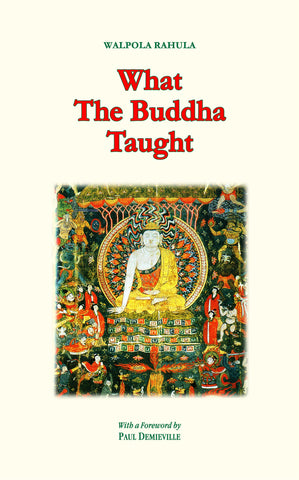
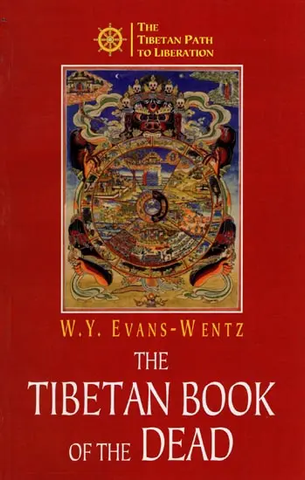
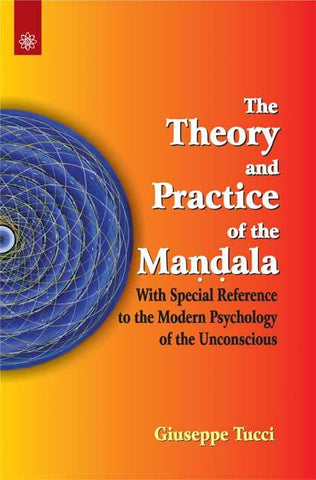
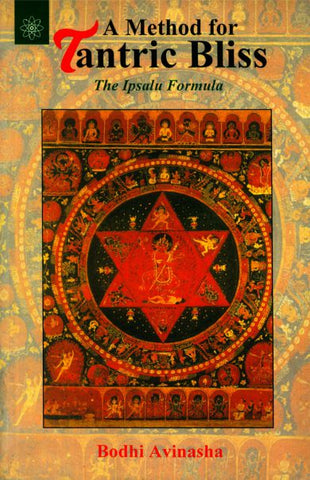
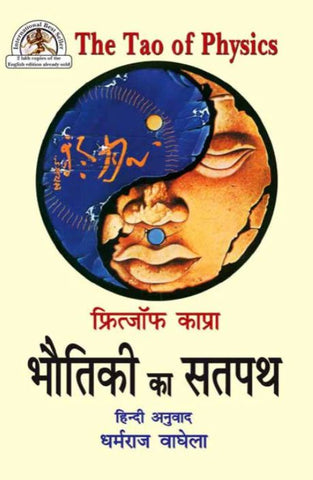
![The Rishukyo [Buddhica Britannica Vol.3]: The Sino-Japanese Tantric Prajnaparamita in 150 Verses (Amoghavajra's Version)](http://www.motilalbanarsidass.com/cdn/shop/products/RISHUKYO_large.jpg?v=1675417651)
